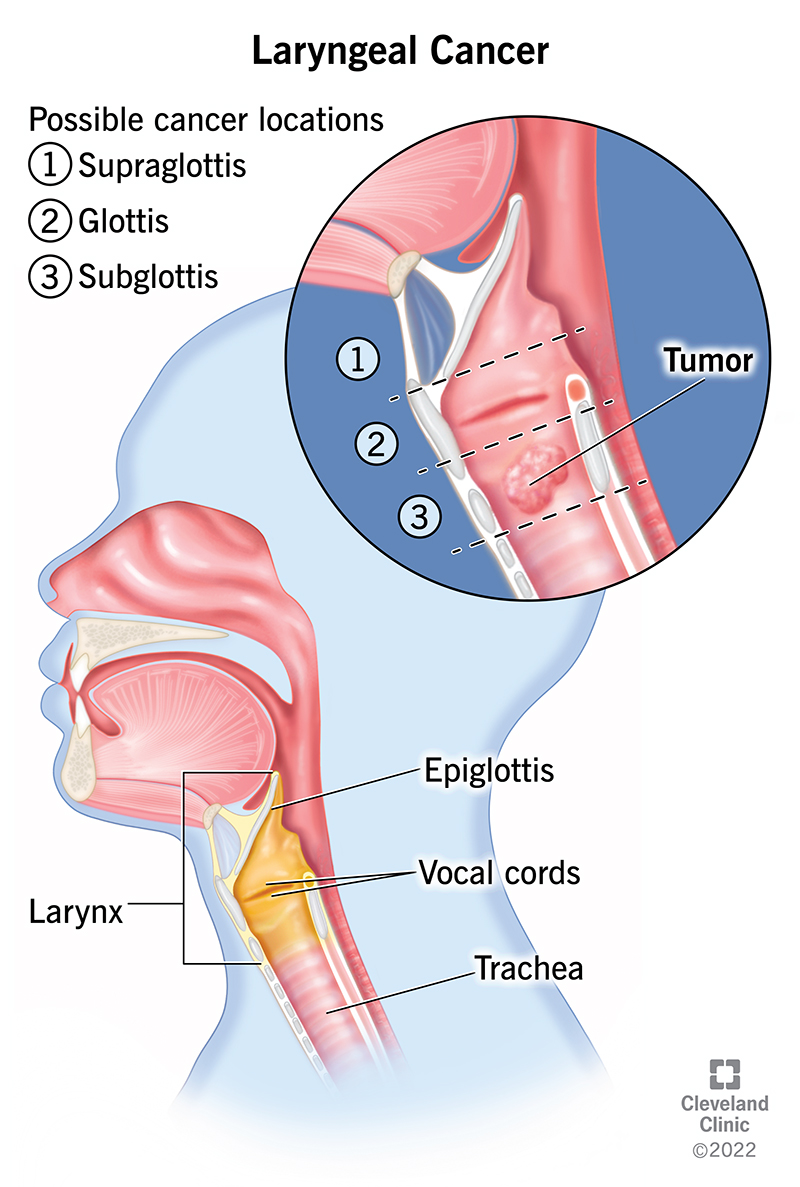Laryngeal surgery is a specialized field within otolaryngology (ENT) that focuses on diagnosing and treating disorders of the larynx, commonly known as the voice box. This delicate area plays a crucial role in breathing, swallowing, and producing voice. Laryngeal surgery aims to restore normal function and alleviate symptoms related to various conditions affecting the larynx.
- Conditions Treated: Laryngeal surgery addresses a wide range of conditions including vocal cord nodules, polyps, cysts, and tumors. It also treats laryngeal trauma, paralysis, and structural abnormalities such as laryngeal stenosis (narrowing of the airway).
- Diagnostic Procedures: Before surgery, thorough diagnostic evaluations are conducted. These may include laryngoscopy, in which a flexible or rigid scope is used to examine the larynx, and imaging studies such as CT scans or MRIs to assess the extent of the condition.
- Surgical Techniques: Laryngeal surgery can be performed using various techniques depending on the specific condition and its severity. Common procedures include microlaryngoscopy, laser surgery, and open surgery. Microlaryngoscopy involves using micro-instruments to remove lesions or repair abnormalities with minimal trauma to surrounding tissues. Laser surgery utilizes high-energy laser beams to precisely remove or vaporize abnormal tissue. Open surgery may be necessary for complex cases requiring extensive reconstruction.
- Voice Preservation: Preserving vocal function is a primary goal of laryngeal surgery, particularly for patients whose livelihood depends on their voice, such as singers, actors, and public speakers. Surgeons employ meticulous techniques to minimize damage to vocal cords and surrounding structures, thus preserving voice quality and function.
- Rehabilitation and Voice Therapy: Following surgery, patients may undergo voice therapy or rehabilitation to optimize vocal recovery and prevent recurrence of symptoms. Voice therapy techniques may include vocal exercises, breathing exercises, and strategies to improve vocal hygiene and reduce strain on the larynx.
- Risks and Complications: Like any surgical procedure, laryngeal surgery carries certain risks such as bleeding, infection, and damage to surrounding structures. However, with advancements in technology and surgical techniques, the risk of complications has significantly decreased, and most procedures are now performed safely with excellent outcomes.
- Postoperative Care: After surgery, patients are closely monitored in the hospital for any signs of complications. They may require temporary voice rest and dietary modifications to allow for proper healing. Follow-up appointments with the surgeon and speech therapist are essential to track progress and address any concerns.
- Outcomes and Prognosis: The prognosis following laryngeal surgery varies depending on the underlying condition, the extent of surgery, and individual factors such as overall health and adherence to postoperative care instructions. In general, most patients experience significant improvement in symptoms and quality of life following successful surgery.
